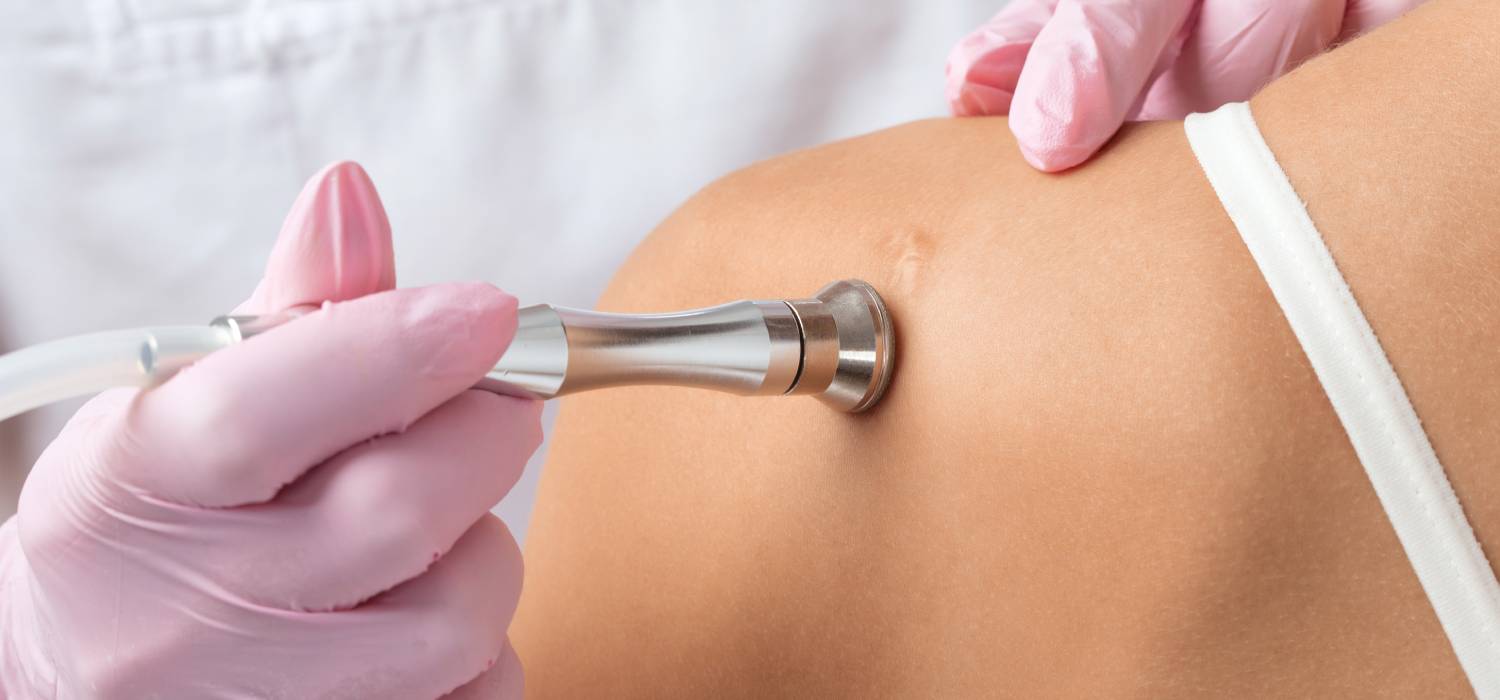Learn More About Keloid Scarring
When scars develop following an injury, they may form into keloid scars. These thick, raised scars most often appear on the shoulders, cheeks, earlobes or chest, and they can appear in multiple places. While keloid scarring isn’t a risk to your overall physical health, it can be a source of emotional distress. Dr. Bolante and the team at Parasol Dermatology are able to provide options for early treatment or prevention of keloid scarring.
Why And How We Treat Keloid Scarring
Keloid scars aren’t like normal scars. While normal scars tend to be more or less flat, keloid scars are raised and thick. There are options for treatment that can flatten the scar, making it less noticeable. Removal can also be an option in some cases. Either way, it’s important to remember that keloid scarring can recur or last for years, even with treatment. Keloid scars can form anywhere from a few months to a few years following the initial injury.
Some common signs and symptoms of keloid scarring include:
- Irregular thick scars on the cheeks, shoulders, middle chest or earlobes.
- Skin that is raised, lumpy and hairless.
- A variety of sizes is dependent on the initial scar and cessation of keloid growth.
- Textures range from rubbery and firm or soft.
- Purple, brown or red coloration depending on natural skin tone.
- Itchiness
- Discomfort
If you know you’re prone to developing keloid scars, it’s essential that you visit our office as soon as you see a keloid forming. If you have existing keloid scars, we can provide treatment options to soften or reduce the size of your present keloid.
Those who are most prone to developing keloid scars are those with black or brown skin, though the medical reason is not well understood. If you’ve already developed a keloid, you’ll be at risk of developing more from future injuries. Those between the ages of 20 and 30 are the most at risk for developing keloids, as well as those with a family history of keloid scarring.
How We Treat Keloid Scars At Parasol Dermatology
The first step in addressing keloid scars starts when the causal wound is fresh. Using a compression dressing may help to offset the development of keloids. This is a common approach once surgical removal of the keloids has been attempted. It helps to prevent or reduce scarring resulting from surgeries by applying pressure to the healing wound. These dressings will need to be swapped out once or twice per day for a period of up to six months to show results.
Other treatment options available for keloid scars include corticosteroid cream, cryosurgery (freezing the scar), laser treatment and radiation therapy. To learn more about the kinds of treatments we provide at Parasol Dermatology, reach out to us to schedule a consultation. During your appointment, Dr. Bolante will examine your symptoms and make a diagnosis. At that point, she’ll work with you to develop a treatment plan that addresses your concerns.


